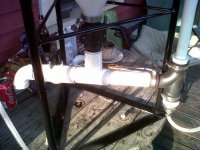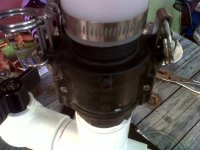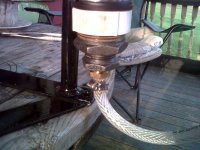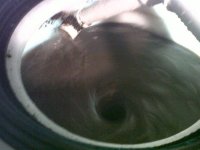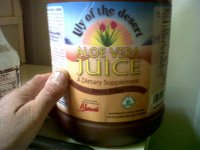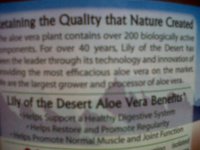StrapAssassin42
Member
hey jerry... you definitely have my attention.
blue agave nectar...where do i find that and how much do i use in a 5 gallon brewer?
I'm new to all this but im all about variety...which includes different food for my micro herd!
blue agave nectar...where do i find that and how much do i use in a 5 gallon brewer?
I'm new to all this but im all about variety...which includes different food for my micro herd!

